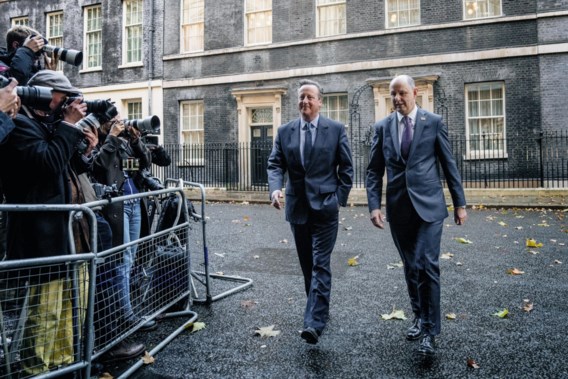Suddenly the National Museum in Colombo is a few more masterpieces. On Thursday, the cabinet will announce the six lavishly decorated objects from the Rijksmuseum in Amsterdam were transferred to Sri Lanka. The country deserves it, because the pieces were stolen centuries ago by Dutch VOC soldiers.
“This is an important moment for all Sri Lankans,” said Naazima Kamardeen, professor of law at the University of Colombo. “As long as those objects are in the Amsterdam window, they symbolize colonial defeat and oppression. With the return of the Netherlands and Sri Lanka can begin with healing and reconciliation.”
The museum will soon build a climate room
There are also concerns. Sri Lanka has experienced a period of intense political turmoil in recent years, and is currently experiencing the deepest financial crisis in its 75 year history. In addition, the museum in Colombo is not as complete as the Rijksmuseum in Amsterdam. Kamardeen: “For example, there is no climate control to store fragile objects safely.”
We’re working on it. There has been intensive contact between the two countries and the museum. A Sri Lankan delegation visited the Rijksmuseum a few months ago. Just three weeks ago, a Dutch delegation visited Colombo. All of this is to prepare for a smooth transfer, which Sri Lankan media say is likely to take place in early October. Shortly before that, a new room with air conditioning should be ready.
‘Rijksmuseum has a much higher level’
“The National Museum is the best museum, but in a Sri Lankan context,” explains Dilip Tambyrajah, board member of the Netherlands-Sri Lanka Foundation. He was one of the participants in the Dutch delegation three weeks ago. “The Rijksmuseum has a much higher level. And Sri Lanka is bankrupt, so it’s not the right time. Anyway: in the end, no place is one hundred percent safe, not even Tefaf.” At an art exhibition in Maastricht, four men stole ten precious gems in broad daylight last year.
According to Tambyrajah, returns have advantages and disadvantages. It’s a good thing that Sri Lankan school children can now see these historical objects with their own eyes. But there is still a lot of work to be done in the Netherlands as well. “The Dutch colonial period in Sri Lanka is much less known to the general public than in Suriname and Indonesia. Without the objects in the Rijksmuseum it is more difficult to commit that period to our collective memory.”
Dutch attitude change
According to Kamardeen, the return marked a change in Dutch attitudes towards the colonial past. “Sri Lanka has been requesting these items since 1980, little has changed on our part. But it’s good that the Netherlands now also sees things differently. Sri Lanka, for example, has the same demand as the UK, but the country doesn’t exist yet.”
Also read:
From cannons to daggers: these objects disappeared from the Netherlands
The Dutch returned large quantities of looted heritage items to Sri Lanka and Indonesia. What kind of object should we think about?

“Hipster-friendly creator. Music guru. Proud student. Bacon buff. Avid web lover. Social media specialist. Gamer.”




/s3/static.nrc.nl/wp-content/uploads/2024/04/web-2404buibootmigrant.jpg)


